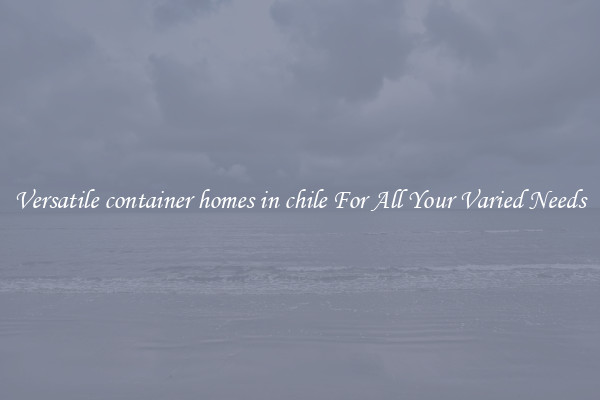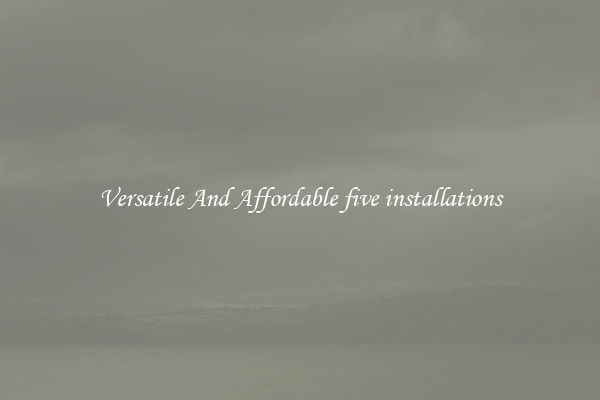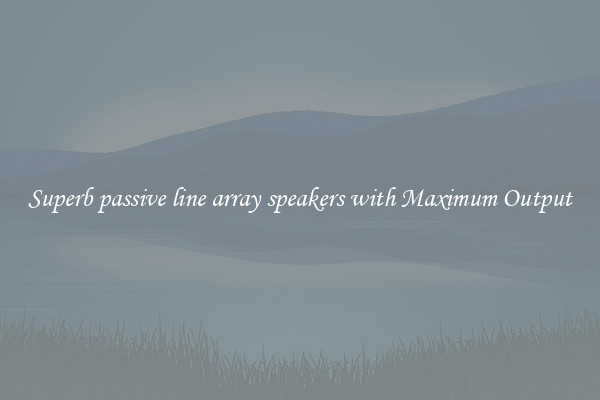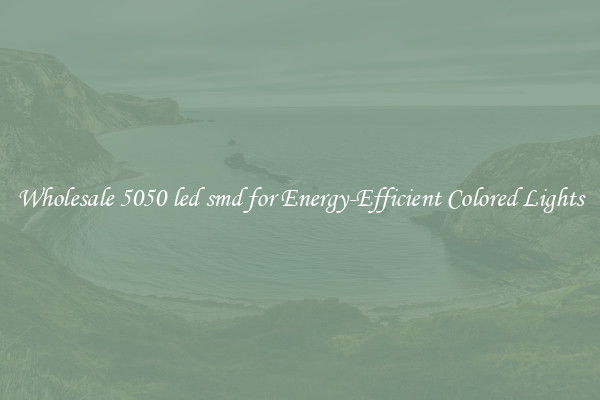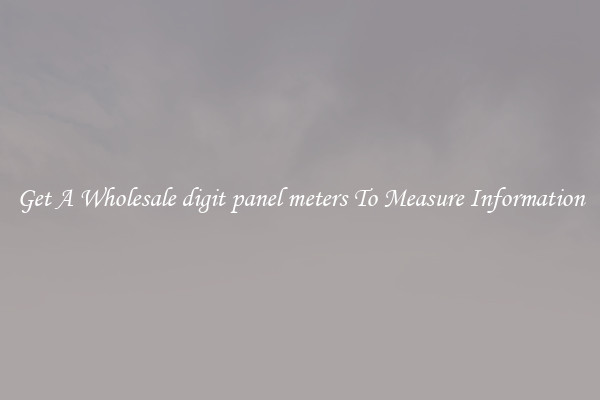Versatile And Affordable passive energy homes
Passive energy homes are increasingly becoming popular as people are looking for more environmentally sustainable and energy-efficient housing options. These homes are designed to harness natural resources such as sunlight, air and water to provide heating, cooling and ventilation without the need for mechanical systems.
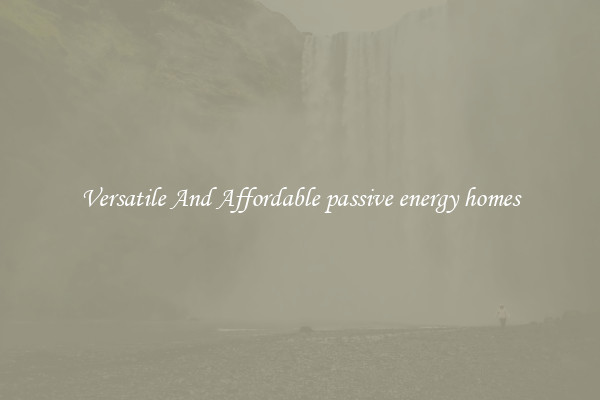
One of the key advantages of passive energy homes is their versatility. They can be designed to suit a variety of climates and locations, making them suitable for both urban and rural settings. Whether you live in a hot desert climate or a cold mountainous region, passive energy homes can be designed to maximize the natural resources available in that environment.
Moreover, passive energy homes are also very versatile in terms of design. They can be built in a variety of architectural styles, from modern and sleek to traditional and rustic. This means that homeowners have the flexibility to choose a design that suits their preferences and matches the aesthetics of the surrounding area.
In addition to their versatility, passive energy homes are also very affordable. While the initial costs of building a passive energy home may be slightly higher than a traditional home, the long-term savings on energy bills can more than make up for this initial investment. In fact, studies have shown that passive energy homes can save homeowners up to 80% on their heating and cooling costs.
Furthermore, passive energy homes require very little maintenance, as there are no mechanical systems that can break down or require regular servicing. This means that homeowners can save money on maintenance costs over the lifetime of the home.
In conclusion, passive energy homes offer a versatile and affordable housing option for those looking to reduce their environmental footprint and save money on energy bills. With their ability to adapt to different climates and locations, as well as their cost-saving benefits, passive energy homes are a smart choice for homeowners who are looking for a sustainable and efficient living solution.
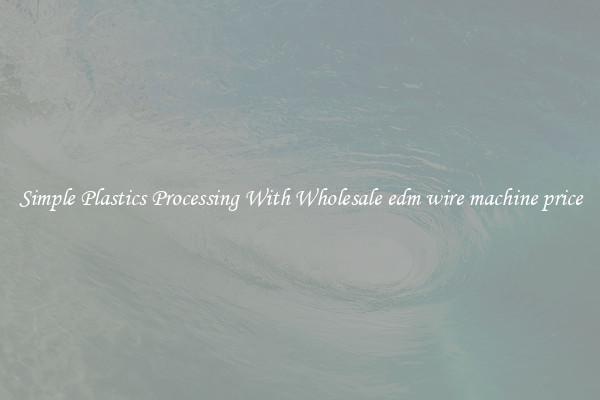
View details

View details
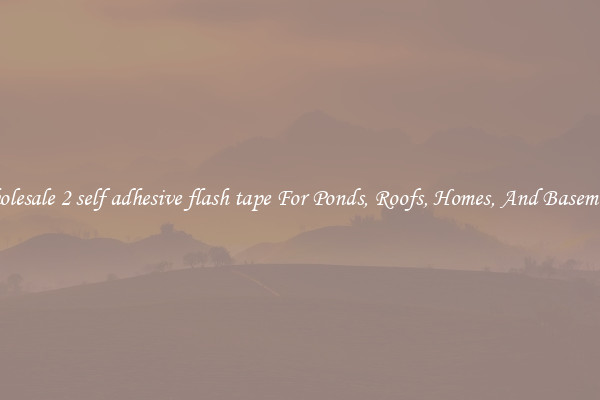
View details

View details
